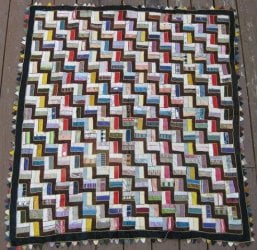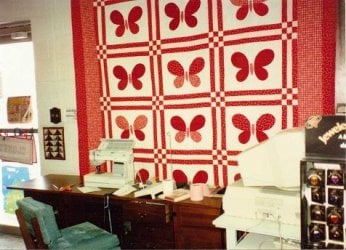freedombecki
Let's go swimmin'!
- Thread starter
- #241
Yay!
Thanks, Sunshine. I hope my little bit helped. Trust me, every instruction came from me making a gross error such as having the dubious distinction of having to find the same fabric and piece a strip to a back that was only 3 or 4 " wider or longer, then the top was catywumpus due to failure to measure more than one area of the quilt or noticing the design creeping right or left at the bottom due to a series of mistakes and thinking "1/64 inch is so small, that little mistake won't matter." Multiply that out 32 pieces across the quilt, and your neck will strain looking at blocks 1/2" off the mark. I quilted so many "beginner" quilts as a professional, I can tell you if the quilt was not measured properly, the top could go all over the map. I sent more than one quilts back home with its owner before accepting it after measurements were made. Some of them thought me charging them 5 hours of labor for 5 hours of fixing the too-small back was expensive, but sometimes they'd have a yard or two they had at home and would take it back home and fix it until the back met my specifications. Professional quilt machines demand even more fabric than a hand-quilted one due to the rolling process. Invariably, more backing is necessary to accommodate rolling. If the professional machine quilter pulls the top too tightly, stitching errors pop out of their seam allowances leaving batting to spill out if not corrected right away. It takes several hours to dismount and remount a quilt onto the old style of professional longarm I had at the shop. By the time you get it all done, you're licked and might wish to wait until the following day to finish what should already be done if the seams had been sewn more sturdily. Sometimes, the piecer makes an error near the outer edge of a square, the phone rings, she forgets about it, so the quilter has this curious little open area that wasn't noticed until time to mount the quilt. It's nice to know you can utilize the tailor's blind stitch in a topical way if you are resourceful when that happens.
Today was good. I finished the Friendship Star Cabin with 7 borders done steps to log cabin fashion by adding the last border. I was pleased by how the randomly-selected light strips luminesced around the dark log cabin Friendship star in the middle. My husband's camera did not send pictures he took to the computer I had repaired. Apparently, they were somehow cleaned off the computer at some point, and some repairs require erasing a lot of memory. It's also a Vista, which I never cared much for, so the information for his camera may be there, I just don't know how to access it. The other alternative could be it was on a different computer or something.
Oh, I won a redwork quilt on ebay last night. I thought of Sunshine when I bid on it, because it had hand cross stitches. I am going to try to collect one red quilt a month and make one and host a local redwork show, perhaps some far time into the future.
The quilt and a closeup of the hand quilting is below. The third picture is just a reminder of that absolutely amazing red and white collection shown in NYC last March:
Wow! Those are some talented quilters. I really like that red. The importance of keeping things straight is not lost here. I have hung wallpaper in 4 houses. You can't get off even one millimeter or you pay at the corners. And sometime the house isn't plumb, so you have to pick your spot to even it out, usually in a short piece over a door or window, or behind where a curtain will hang. Plumb is more than just a state of mind. (Whatever that means, I'm really tired tonight! LOL)
I posted a really cool pair of videos on that show with closeups of the most spectacular quilts a page or so back. It is definitely worth the 8 to 15 minutes the videos take to see samplings of the 191 red and white quilts at close range if you haven't already seen them. Enjoy!
Last edited:
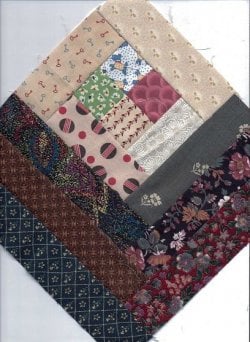
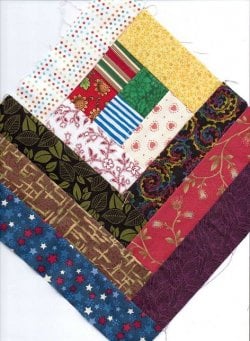
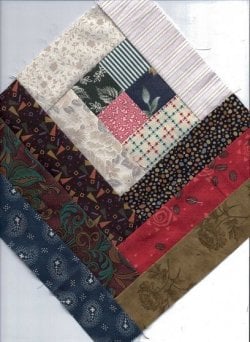
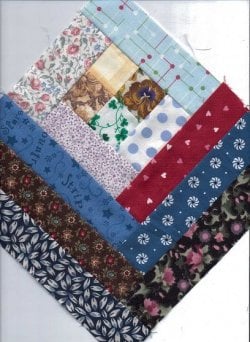
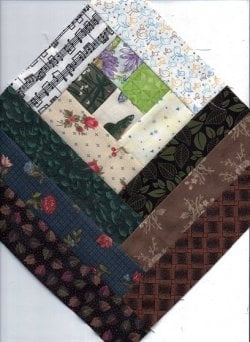
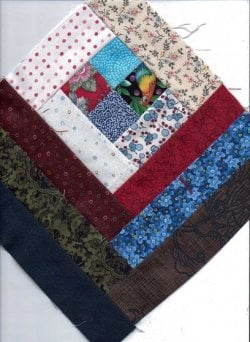
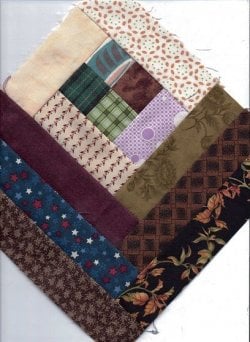
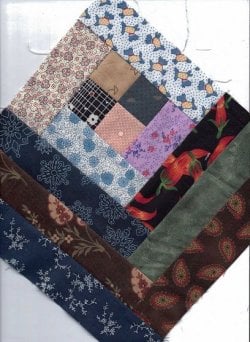
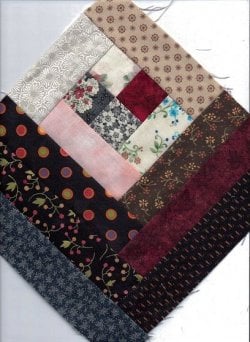
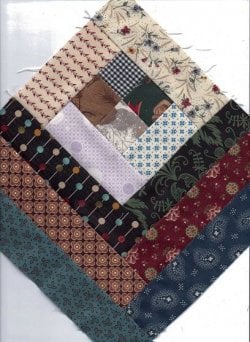
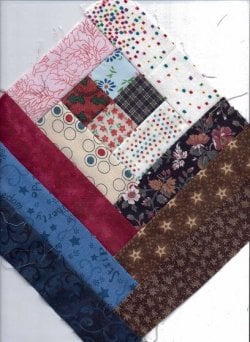
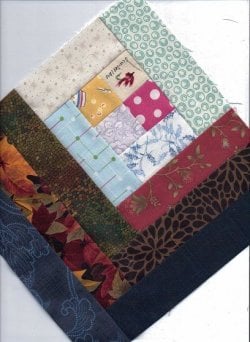
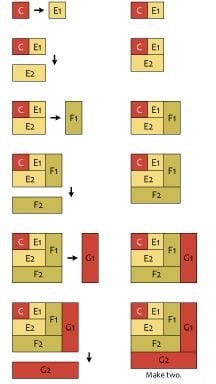
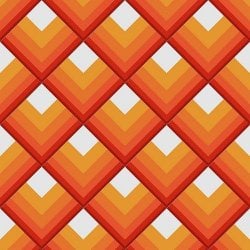
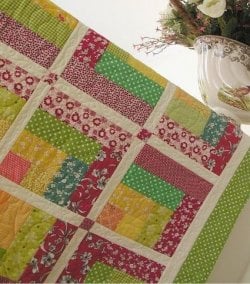

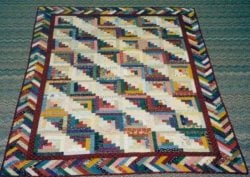
 Every sash must be sewn to accommodate squares that don't match, and some squares are so much smaller than the others they need extra strips sewn on them to get a uniform size going. Plus, most of them look, well, "utilitarian."
Every sash must be sewn to accommodate squares that don't match, and some squares are so much smaller than the others they need extra strips sewn on them to get a uniform size going. Plus, most of them look, well, "utilitarian."
